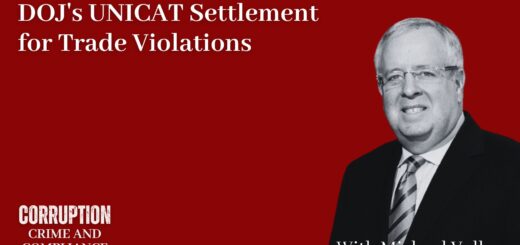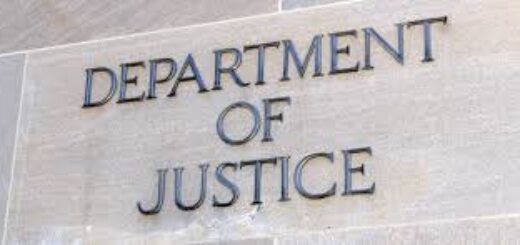Boeing’s Failure to Integrate Compliance Anti-Fraud Controls with Quality and Safety Functions (Part III of III)

Boeing’s Plea Agreement includes two Separate Factual Statements — the January 7, 2021 DPA, which is discussed in a prior blog post, and a factual outline of Boeing’s breach of the original DPA, resulting in the current Plea Agreement.
The most recent Factual Statement covers Boeing’s DPA breach for failure to implement an effective ethics and compliance program that is “designed, implemented, and enforced to prevent and detect violations of the U.S. fraud laws throughout its operations.”
At the core of the conduct, DOJ cites Boeing for its failure to integrate anti-fraud controls into its Quality and Safety functions.
DOJ’s enforcement of the DPA to require such integration is an important precedent for companies that face significant safety risks and the need for “traditional” ethics and compliance functions to design, implement and test its anti-fraud controls in the area of safety and quality. Such an extension is an important reminder for manufacturing companies, auto, pharmaceutical and medical device and other industries where consumer safety is a significant risk.
Boeing’s Compliance Program
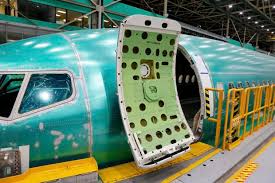
At the time of the initial misconduct, Boeing did not have a centralized compliance function. Boeing appointed its first Global Chief Compliance Officer (“CCO”) and established its Global Compliance function (“Global Compliance” or “Compliance”) in May of 2020. Despite all of Boeing’s compliance enhancements, Boeing failed to sufficiently extend its anti-fraud ethics and compliance program over its quality and manufacturing process before the end of the DPA term. As a result, the Department determined that Boeing’s anti-fraud compliance program still has significant gaps. These deficiencies included failure: (1) to mitigate known manufacturing and quality risks; (2) to implement “compliance policies and procedures designed to reduce the prospect of violations of U.S. fraud laws and the Company’s compliance code;” (3) to conduct sufficient anti-fraud oversight of Boeing’s quality and safety processes; (4) to implement sufficient controls to address the risk that Boeing’s airworthiness certifications to the FAA could be incomplete, inaccurate, false and/or fraudulent; (5) to implement sufficient controls concerning the risk of incomplete, inaccurate, false and/or fraudulent statements in Boeing’s manufacturing records; and (6) to develop and adjust “compliance policies and procedures on the basis of a periodic risk assessment and update such policies “as appropriate to ensure their continued effectiveness.”
Failure to Extend Anti-Fraud Compliance Program Over Quality and Manufacturing Processes

Before delivering a 737 MAX aircraft to a U.S. customer, Boeing must apply to the FAA for a U.S. Airworthiness Certificate for each aircraft. In so doing, Boeing certifies to the FAA “that the aircraft has been inspected and is airworthy,” meaning, “the aircraft conforms to its type design and is in a condition for safe operation.” FAA Form 8130-6; 14 C.F.R. § 3.5. A Boeing employee makes this certification in reliance on the completeness, accuracy, and truthfulness of the Company’s build records and the effectiveness of related manufacturing and quality processes. Boeing did not implement additional or sufficient controls concerning the risk that its certifications of airworthiness to the FAA could be incomplete, inaccurate, false and/or fraudulent and that aircraft delivered to its customers “conforms to its type design and is in a condition for safe operation.”
Out-of-Sequence Work
Boeing’s instructions for aircraft assembly require assembly to occur in a particular sequence. When a sequenced step is performed inadequately or not completed, it may be discovered and corrected at a later stage. Correction of the inadequate or incomplete work must then be done “out-of-sequence.” Out-of-sequence work is more difficult to perform, increases the risk that defects in manufacturing will occur, and may require installed parts to be removed and later re-installed.
Between 2021 and 2023, Boeing conducted several Safety Risk Management assessments that identified out-of-sequence work as a risk factor that could cause the delivery of an “unairworthy” or non-conforming aircraft to Boeing’s customers. Despite the acknowledgement of this risk, the Safety Risk Management assessments did not sufficiently consider measures to reduce out-of-sequence work. Boeing senior executives prioritized the movement of aircraft through Boeing’s factories over reducing out-of-sequence work to ensure production quality. Boeing did not implement sufficient policies or procedures to mitigate the risk posed by out-of-sequence work.
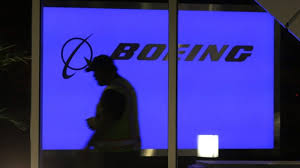
Boeing’s Global Compliance function, which is responsible for Boeing’s antifraud ethics and compliance program, was not involved in the Safety Risk Assessments. Compliance therefore did not evaluate fraud risks associated with out-of-sequence work, including the risk of incomplete, inaccurate, false, and/or fraudulent statements to the FAA.
Completeness of Records
Boeing’s airworthiness certifications to the FAA rely on the completeness and accuracy of Boeing’s build records and the effectiveness of related manufacturing and quality processes. If installed parts are later removed during manufacturing, Boeing policy requires Boeing employees to document the removal in certain written records. The creation of a removal record initiates a process to ensure proper reinstallation of the part and record the individuals involved in removal, reinstallation, and reinspection. If a removal record was not completely resolved in Boeing’s computer systems, including reinstallation and reinspection, a Boeing employee would not certify an aircraft as airworthy to the FAA.
A failure to create a removal record prevents Boeing from verifying that parts are correctly or completely re-installed and that its certification stating that the plane is “airworthy” is accurate. This recordkeeping failure could also undermine Boeing’s processes for effectively responding to, investigating, and remediating potential allegations of violations of the U.S. fraud laws or the Company’s compliance code.
Boeing received numerous reports of incidents of non-compliance with its policy governing removals throughout the DPA term. In addition, since 2019, the FAA has issued numerous formal or informal actions to Boeing related to Boeing’s policy governing removals.
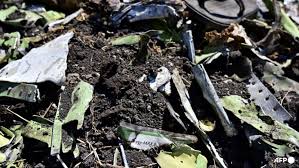
Compliance was not sufficiently involved in root cause analysis, remediation, or risk mitigation related to this process, notwithstanding the (1) impact non-compliance with Boeing’s policy governing removals could have on Boeing’s representations regarding its aircraft, and (2) recordkeeping consequences.
Stamping Issues in Build Records
Throughout the build process, Boeing mechanics and inspectors affirm (or “stamp”) that they have completed work in conformance with requirements. Stamped manufacturing and quality records are important for Boeing’s certification to the FAA that an aircraft is airworthy. Boeing relies on those build and quality stamping records to certify to the FAA that an aircraft is airworthy. False statements in Boeing’s build records pose a fraud risk because they could undermine the completeness, accuracy, and truthfulness of Boeing’s representations and certifications to the FAA regarding its aircraft, among other issues. Boeing received hundreds of reports of stamping noncompliance through its internal reporting channels.
Boeing Compliance identified this anti-fraud risk during the DPA term and issued training and communications throughout the Company in response to the risk. Despite awareness of stamping non-compliance reports, Boeing did not conduct sufficient testing to evaluate whether its stamping integrity communications and training efforts were effective in practice and stamping issues persisted.

In or around April 2024, Boeing disclosed to the Fraud Section false stamping during the DPA term at the Boeing 787 manufacturing facility in Charleston, South Carolina. The false stamps caused Boeing’s quality management systems to reflect that all required steps were complete, when they were not. Employees involved in the false stamping did not understand Boeing’s stamping policy, were not familiar with its requirements, and were not effectively trained on it.
These reported stamping issues highlighted several shortcomings in Boeing’s antifraud compliance program with respect to stamping integrity. Boeing failed to implement additional or sufficient controls concerning the risk that certifications of airworthiness to the FAA could be incomplete, inaccurate, false and/or fraudulent and that aircraft delivered to its customers “conform[] to its type design and is in a condition for safe operation.







